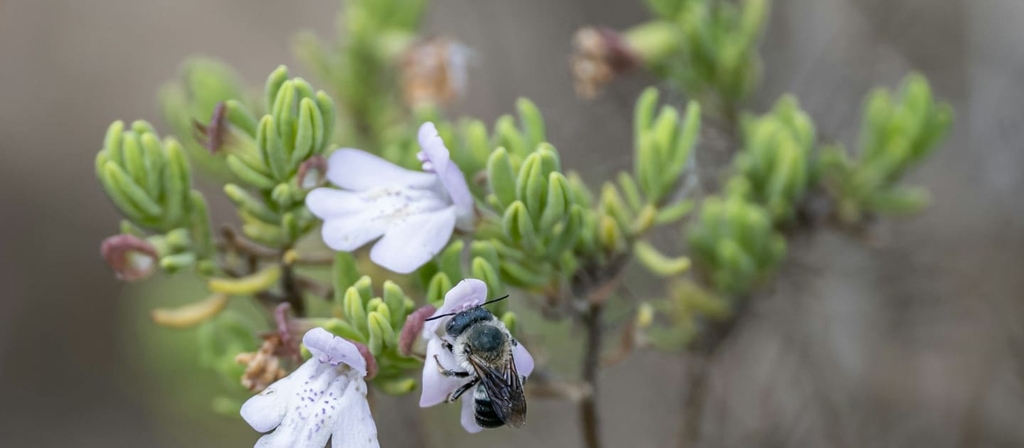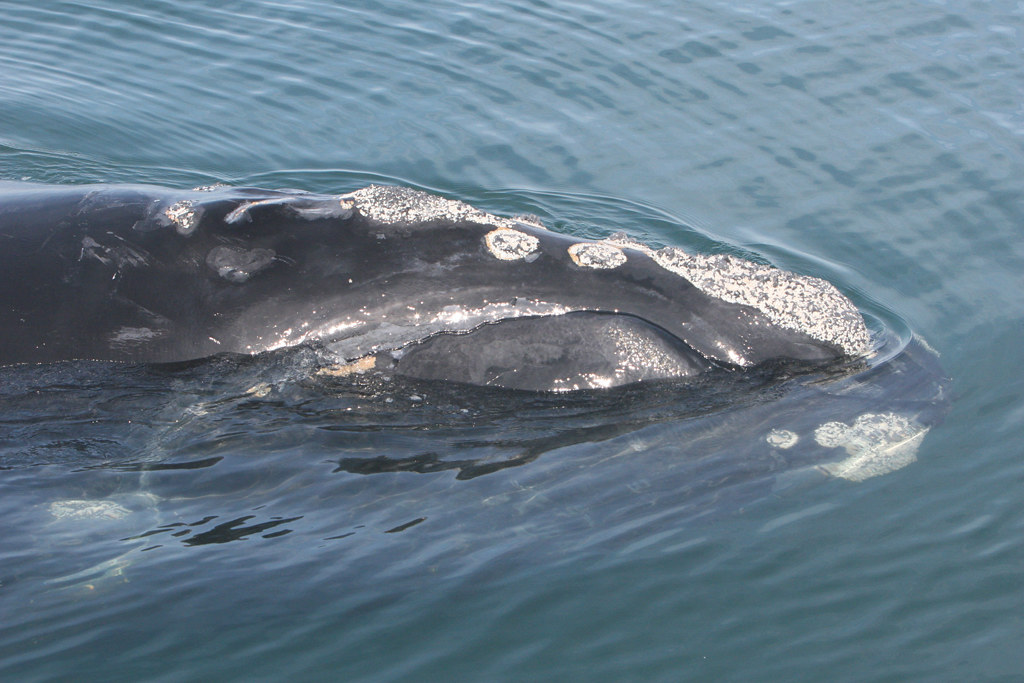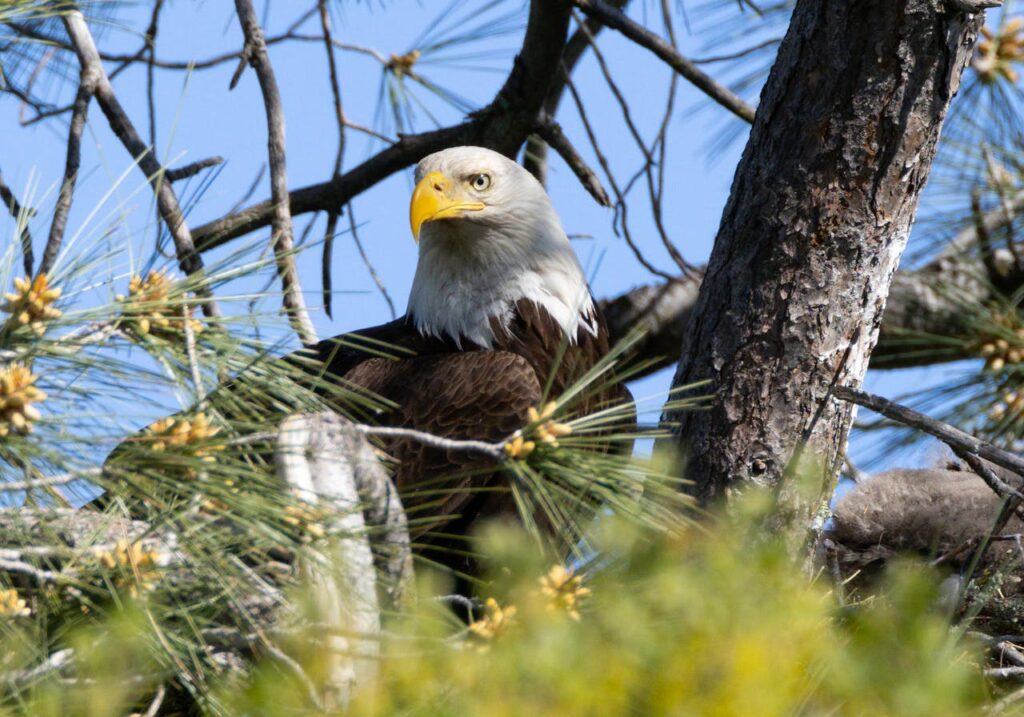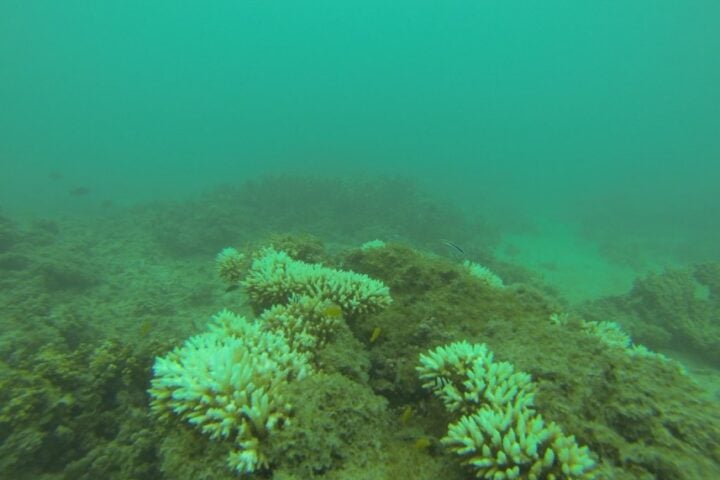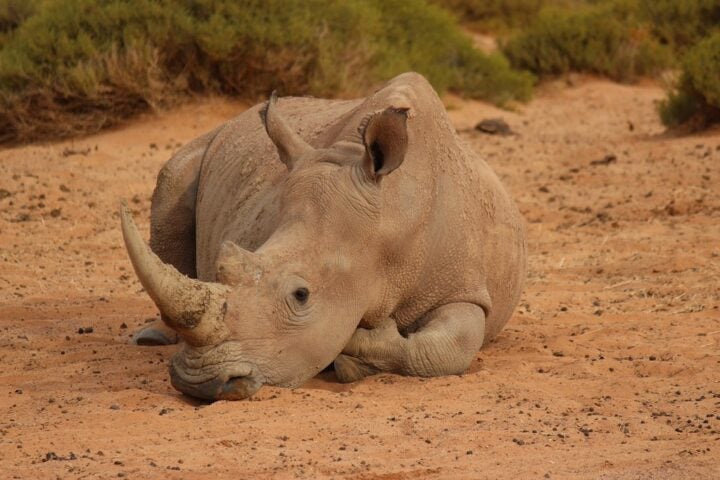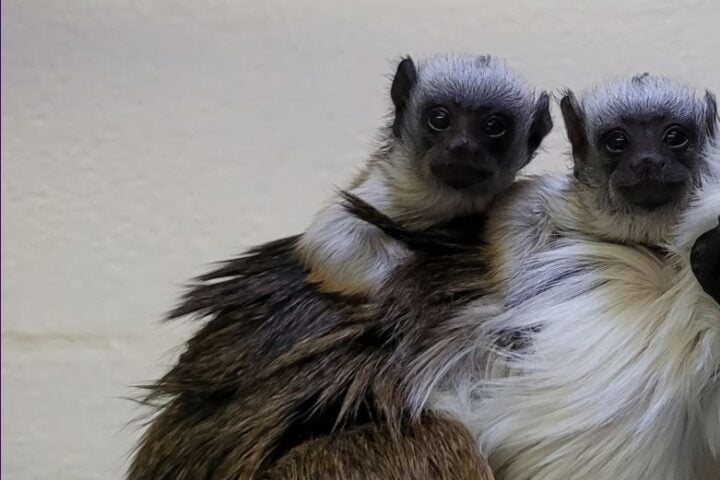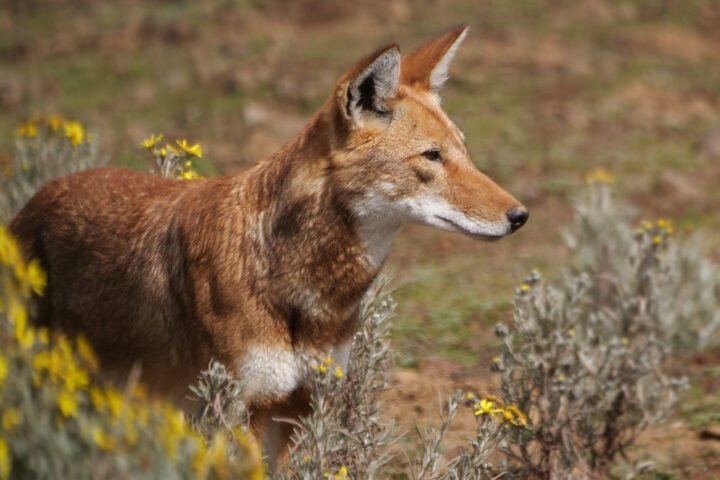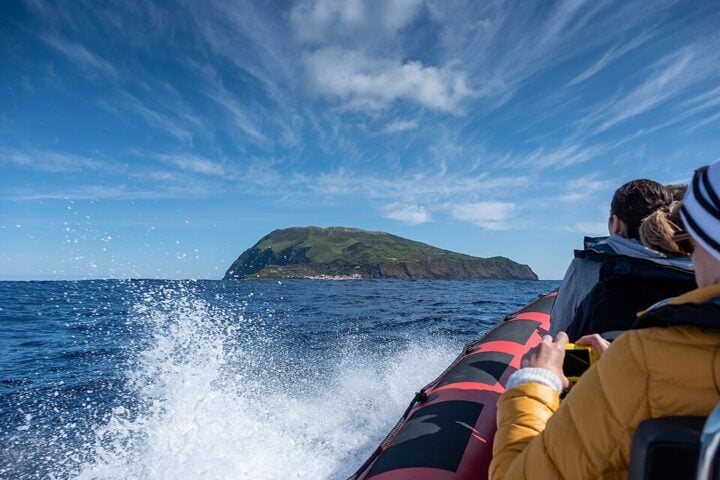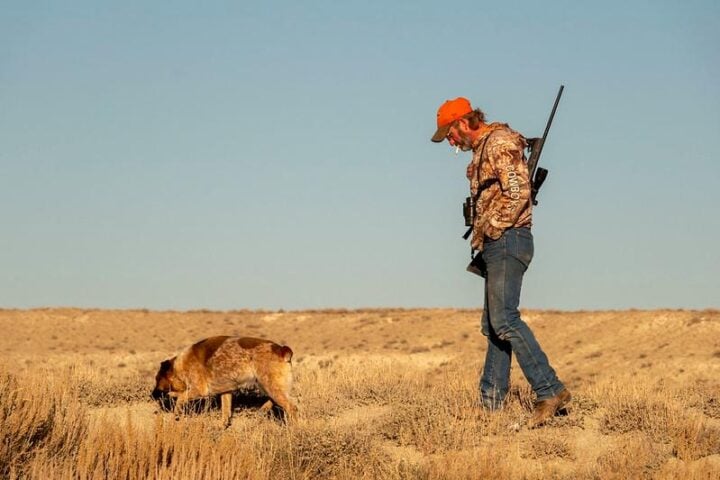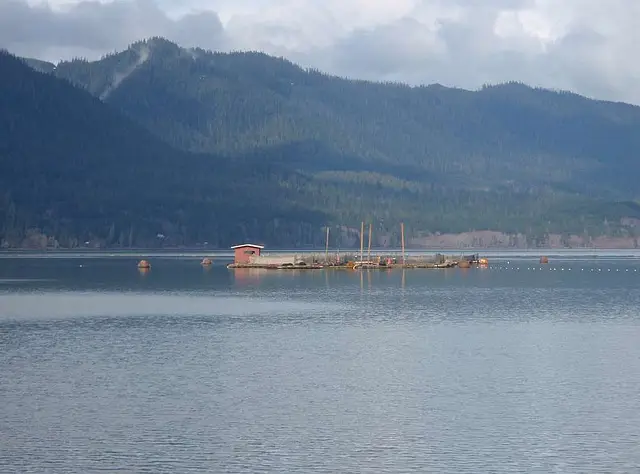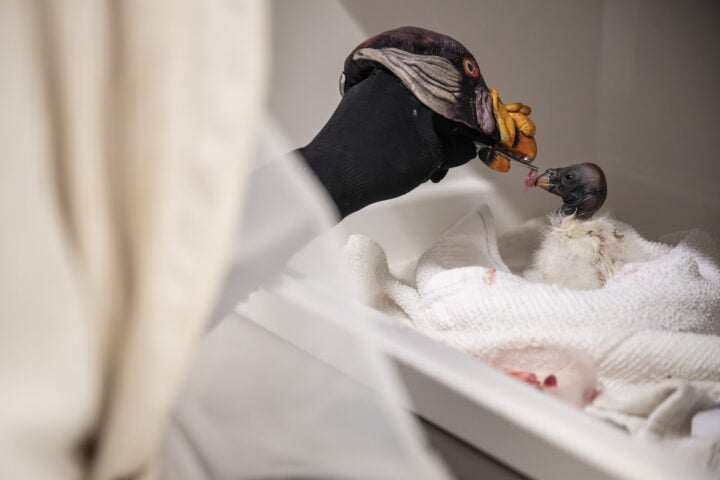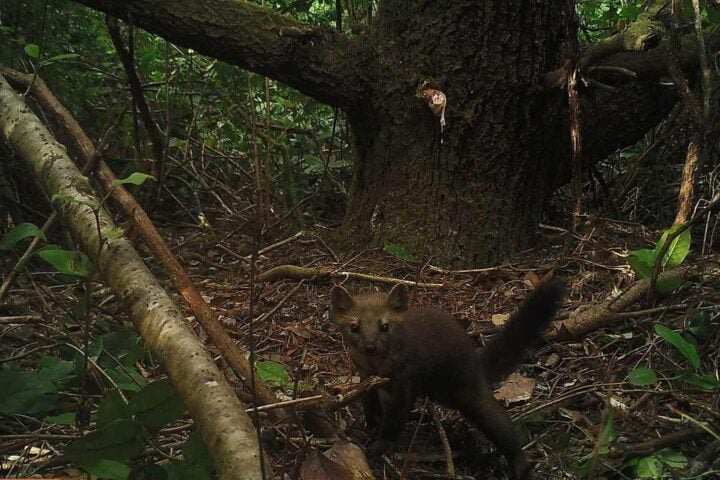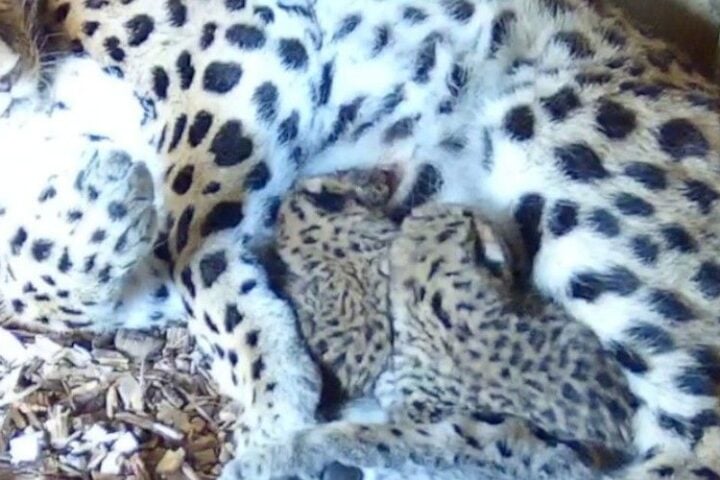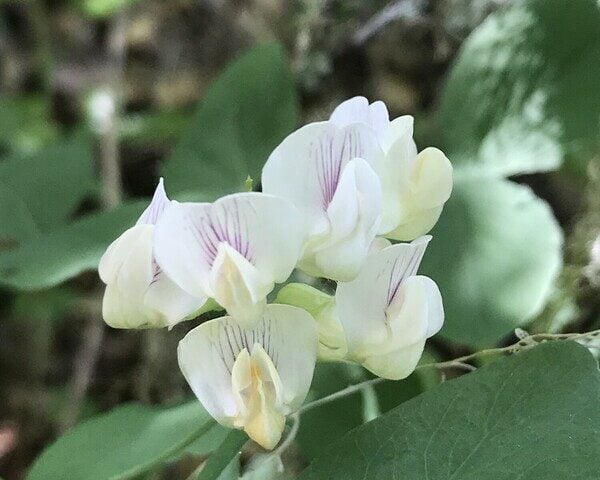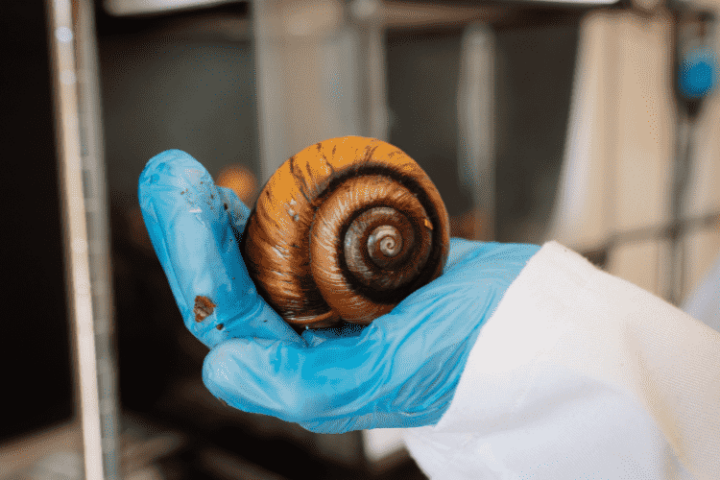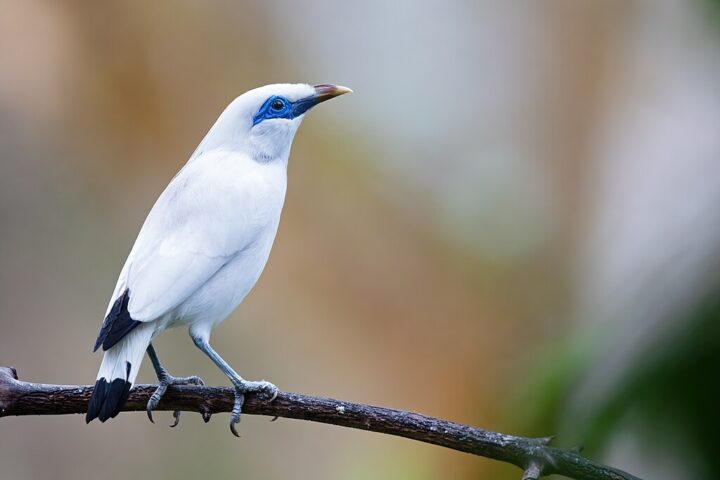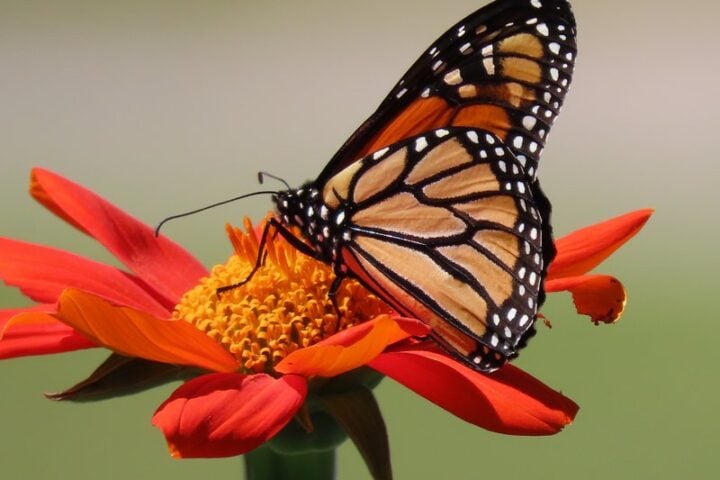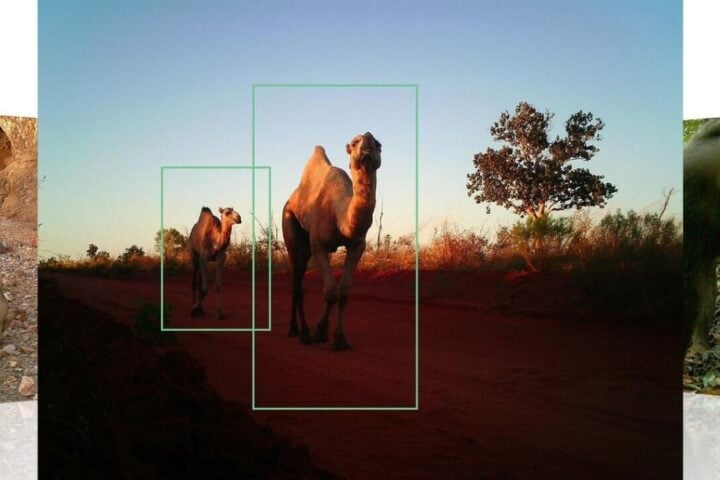Some of Florida’s oldest plant species are disappearing from our neighborhoods. These plants, called scrub mints, have lived in Florida longer than humans have existed. Now, new houses, roads, and changing weather patterns threaten their survival.
Scientists recently found these plants are special survivors. They’ve been around since the Pleistocene period, mixing and adapting to stay alive through extreme changes in weather. These plants are important evidence of Florida’s natural history.
“The potential extinction of one of Florida’s ancient plant species is more than just the loss of an individual species; it’s the loss of millions of years of evolution,” says the research team.
The problem is serious. Out of 24 types of scrub mints found in Florida, more than half are already listed as threatened or endangered at either the state or federal level. Some aren’t properly classified as endangered species due to confusion around species’ identities, which delays conservation actions.
For local communities, these plants matter more than people might think. They’re part of a delicate balance in nature. Local birds like scrub jays rely on these plants for food and shelter. Insects such as bee flies need them to survive. When these plants vanish, it affects the broader ecosystem.
similar Posts
The research team looked at 238 different genes, like reading a family tree. They found something surprising: many of these plants are much older than scientists thought. One type, called the Titusville balm, was thought to be a recent hybrid but has actually been evolving for hundreds of thousands of years.
Current laws make saving these plants tricky. The Endangered Species Act doesn’t protect recent hybrids, even when their habitats are rapidly disappearing due to human development. However, plants from ancient hybridization are considered true species and can be protected.
For Florida’s communities, losing these plants means more than just declining biodiversity. These species have survived dramatic climate changes over millions of years, having thrived in Florida’s ecosystems through gradual adaptations over millennia.
Research continues to better understand these plants, but time is running short. As more development spreads across Florida, these ancient plants are running out of places to live.
The collapse of these plant species threatens the broader ecosystem, including wildlife that relies on them for food and shelter. After all, these plants have been part of Florida’s environment for millions of years.
